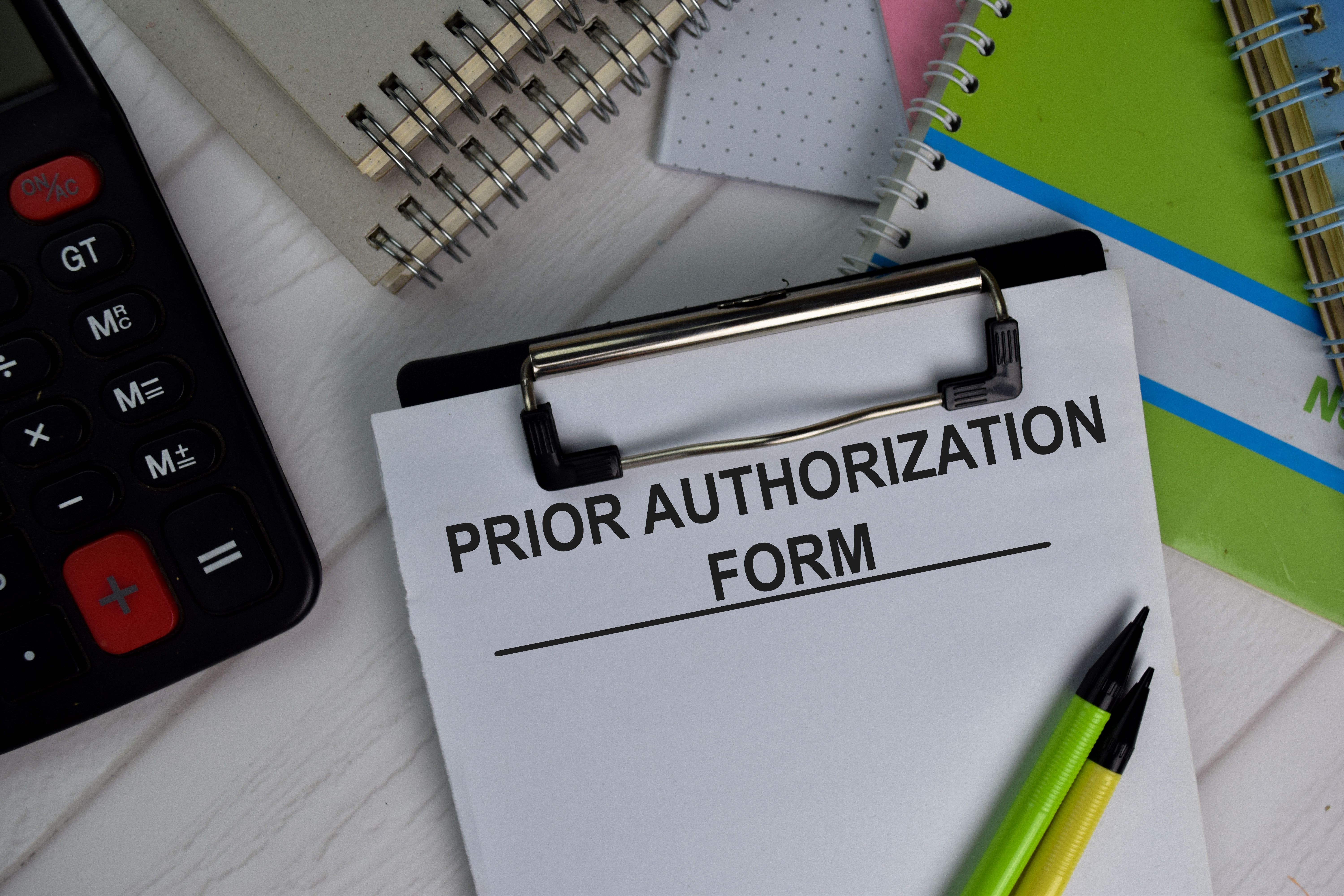Article
Debt Management: The right way to shop for a mortgage
The wrong loan can burden you for years. Don't contact a lender until you read this guide.

Key Points
If you've been thinking about buying a new home, now's a great time. Mortgage rates are still low, and housing prices have been dropping in some areas of the country. While banks have tightened their lending requirements in recent years, doctors who have good credit can usually find favorable terms. That said, there are almost more types of mortgages than there are types of houses, so picking the right type of mortgage can get confusing.
To get you started, here's a mortgage-shopping primer. It'll guide you through the thicket of products and terms, answer commonly asked questions, and give you a yardstick for sizing up lenders.
Borrow without mortgaging your future
In general, standard "front ratios/qual ratios" (short for "qualification") permit you to spend up to 28 percent of your monthly gross income on mortgage principal and interest, plus taxes and insurance. That's a good percentage for you to stick to, to avoid getting in over your head. Some lenders stretch that limit to bring in more business, but, ultimately, only you know how much you can comfortably afford. So think hard about overextending yourself to snag a big home, when a more modest one may allow you to save more for retirement or cover emergencies.
If you're unsure how much you can afford each month, run the numbers yourself using the mortgage calculator on our website ( http://www.memag.com/calculators). For more resources.
Of course, first you need to choose a lender. Once upon a time, that meant your local bank-typically a savings and loan. Today, however, you can choose from: mortgage bankers, credit unions, online banks, and regular brick-and-mortar banks (most of which have an online presence themselves). You can also use a mortgage broker, who acts as a middleman between the consumer and various lenders.
Be specific about the loan you want
Okay, so you've made a few phone calls and poked around on the Web, searching rates and talking to lenders. But banking folk seem to have their own arcane language (points, jumbos, PMI, etc.) and the types of loans, and the rates associated with them, seem to change by the minute.
Fortunately, you can narrow your choices by knowing what features you're most interested in. Most borrowers take fixed-rate loans because the monthly total of principal and interest stays the same throughout the life of the loan. First-time buyers prefer 30-year loans to 15-year loans, because payments are generally 28 percent lower with the longer term. However, you'll pay much less interest on the 15-year loan vs the 30-year loan, making the shorter term the better deal. But don't sign for a 15-year mortgage unless you're sure you can handle a higher monthly payment.
An adjustable-rate mortgage (ARM), on the other hand, is less predictable. It offers a lower interest rate for an initial period, after which the rate changes periodically for the remainder of the loan. A 5/1 ARM, for instance, is a hybrid ARM that boasts a fixed rate for the first five years, then adjusts annually for the loan's duration. First-time borrowers often find ARMs hard to resist because the low initial rate may qualify them for a bigger loan. The same can be said for an "interest only" mortgage, which converts to an ARM at the end of the interest-only phase.





